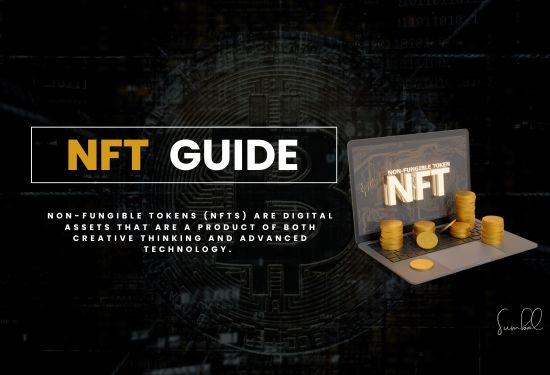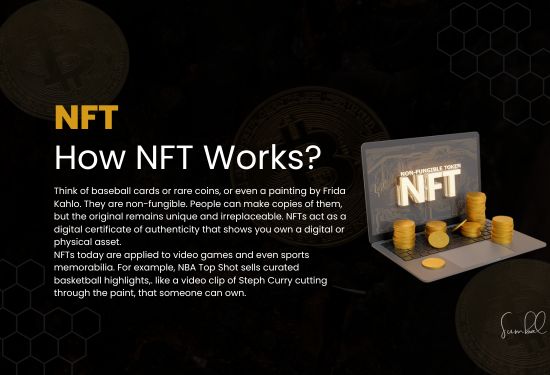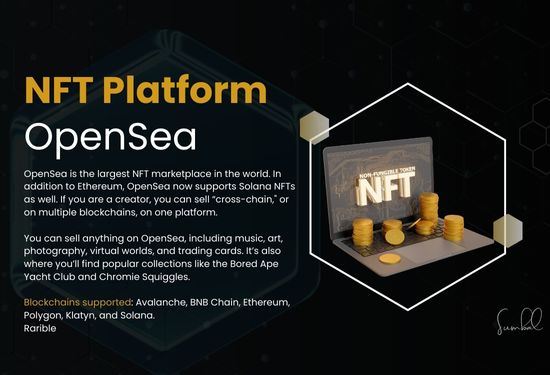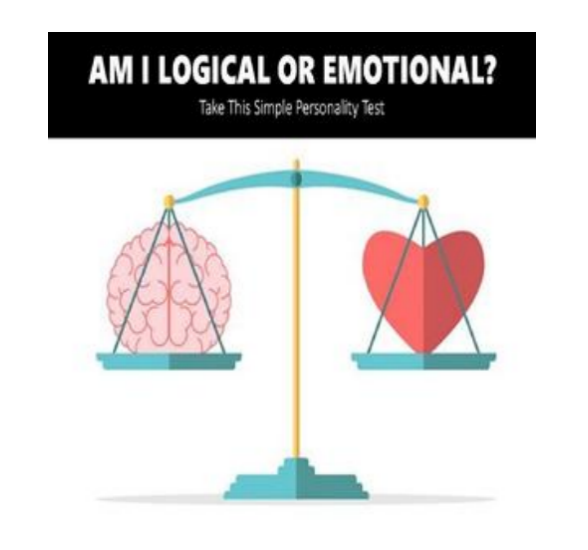The NFT (Non-Fungible Token) market has created a new opportunity for artists, musicians, and creators to generate income from their digital works like never before. NFTs, with the help of blockchain technology, can share and sell tokens worldwide. Here's a basic direction for making and selling NFTs.

Learn Basics
The first step is to become familiar with blockchain and NFTs' fundamentals. An NFT is an indivisible, disposable digital asset embedded on a blockchain, with Ethereum as the common platform or other blockchains such as Solana and Polygon. These tokens can, in essence, be anything, be it art, music videos, or any type of digital media.
Decide What to Create
Consider the kind of stuff you wish to convert into an NFT. Popular NFT classifications consist of:
- Digital art: graphic designs, 3D art, and illustrations.
- Music: Unique songs or albums.
- Photography: Original, quality photos.
- Videos: Motion graphics, animations, or short films.
Make sure it is unique and something people may want to buy.
Select a Blockchain
Choosing the right kind of blockchain is very important for creating your NFT. Ethereum is, hence, the most acceptable platform, but others like Binance Smart Chain, Solana, Tezos, and others are becoming popular because of the low fees involved. In selecting the blockchain that will be right for your purpose, look at transaction cost, community support, and compatibility issues.
Set Up a Digital Wallet
To interface with the blockchain, you require a digital wallet with cryptocurrency and non-fungible tokens.
Popular wallets include
- MetaMask: Works with Ethereum and the majority of NFT markets.
- Coinbase Wallet: Easy to use, even for novices.
- Phantom: Perfect for NFTs located in Solana.
After creating your wallet, buy cryptocurrency like ETH for minting costs.

Select an NFT Marketplace
Select the market to sell and mint your NFT on. Popular options include:
- OpenSea: The largest marketplace compatible with different file formats and blockchains.
- Rarible: Decentralized but has simple interfaces for content creators.
- Foundation: Specializing in digital art and the selected audience.
Create a marketplace account and connect your digital wallet.
Mint NFTs
Simply, minting entails transforming your digital file into an NFT. Here’s how:
- Upload the file you wish to mint, which may be PNG, MP4, or MP3.
- Add Metadata like a title, a description, and one or more attributes.
- Set Royalties to determine the revenue you will be willing to take from sales.
- To generate the NFT on the blockchain, you must pay a certain amount of crypto as a Minting Fee.
List Your NFT for Sale
Now, you can sell your NFT through the marketplace after minting it. Choose between:
- Fixed Price: Fix a particular price for buyers.
- Auction: Let the buyers be able to bid to own your NFT and allow the market to bid on your art.
Promote Your NFT
It also holds that good marketing is crucial for selling NFTs. Promote your work on every social platform, NFT group, and forum. In particular, NFT fans actively use Twitter, Instagram, and Discord platforms. Make your audience happy and loyal to your brand.

Manage Your Sales
After uploading your NFT, you need to track its sales activity. Nearly all marketplaces come with analytical tools to monitor product views, bids, and sales. Follow up on buyer inquiries and continue to market your pieces actively.

Before making a signed loan, you need to know

Investing in Private Debt: An Emerging Asset Class

Investment Insights from Blockchain Data: Reading Digital Footprints

Hotspots or Hype? Investing Beyond Emotion

Which is Better for Your Retirement, a Roth or Traditional IRA?

Financial Literacy: It’s Never Too Late to Start

Stock Market 101: The Complete Beginner's Guide to Investing
